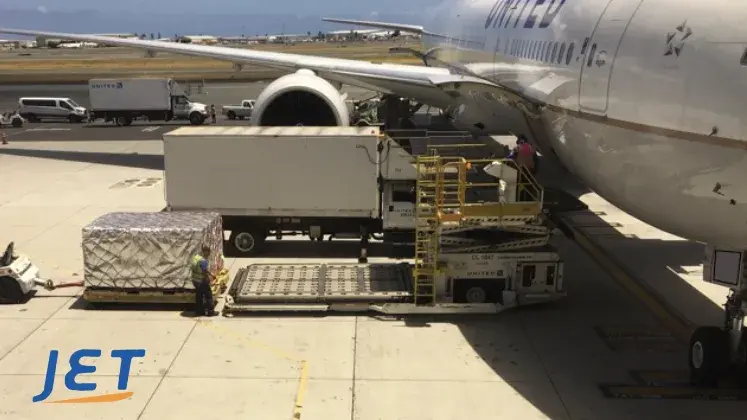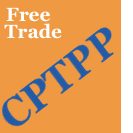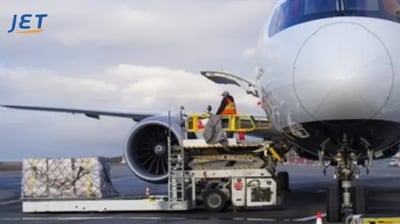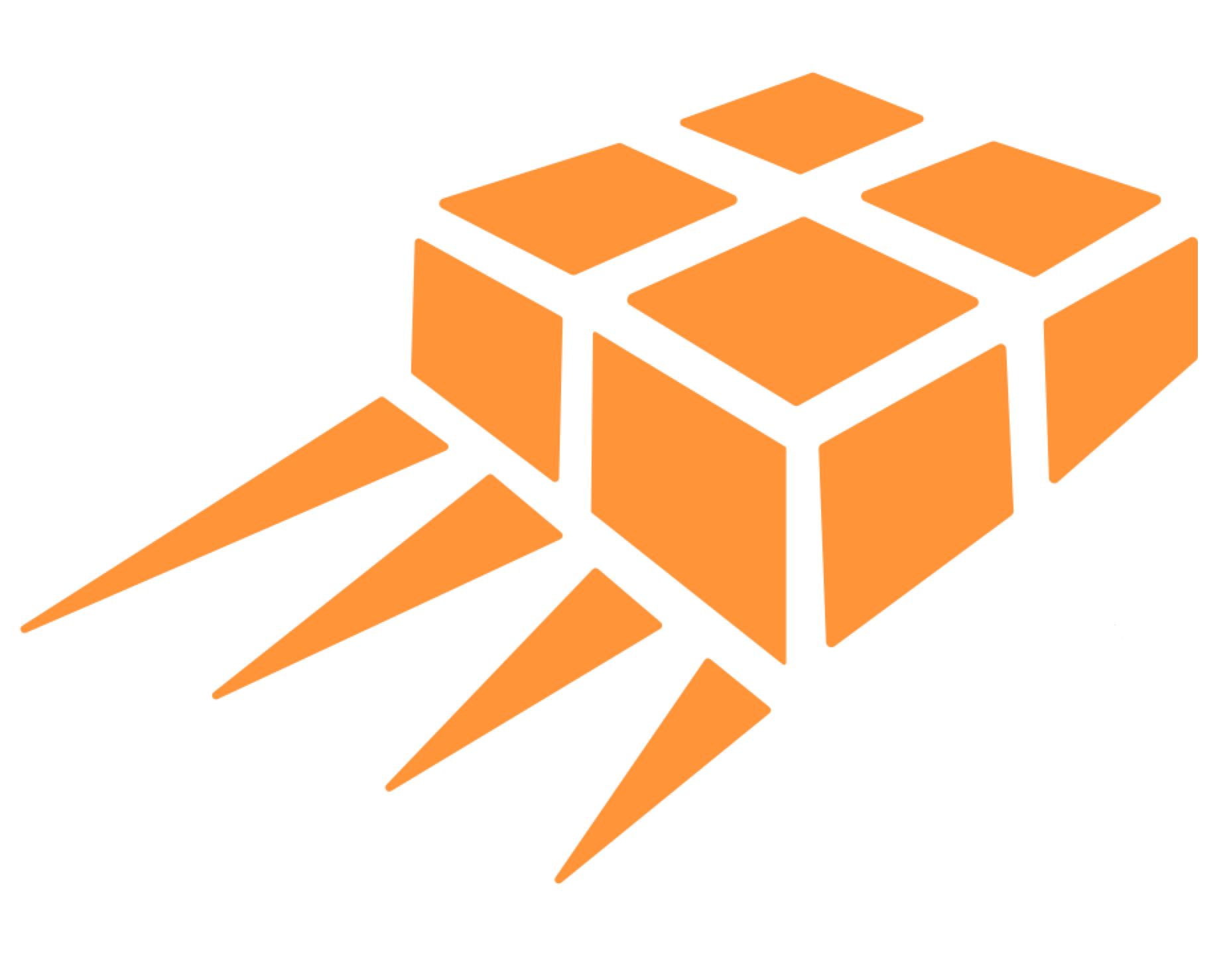
Economy Air Shipping from APAC Region to Canada
The Asia pacific region is filled with world renowned manufacturers and suppliers that Canadian businesses rely on. The logistics of finding capacity for shipping to Canada continues to be a challenge.

Disclaimer: The information in all Jet Worldwide online content, including this post, is for general information only and is not intended to, constitute legal and/or tax advice. All liability with respect to actions taken or not taken based on the contents of this site are hereby expressly disclaimed. The content on this posting is provided “as is”; no representations are made that the content is error-free.
High demand for cargo capacity, rising freight rates, and pandemic-related restrictions continue to create challenges for companies that rely on air freight in Canada. 2022 is a continuation the trends impacting the airfreight market but with some easing as more passenger flights expected and more all cargo flights being scheduled. A significant factor is how Air Canada has greatly grown their cargo-only flights to help Canadian companies.

Canada’s Most Favoured Nation (MFN) tariff rates are generally applicable to imports from most countries.Duty free preferential import under CPTPP and CKFTA (Korea Canada) apply to goods imported to Canada that meet the rules of origin outlined in the agreement and accompanied by the necessary certification of the relevant free trade agreement.
Managing Capacity Constraints
With the current high demand for cargo capacity both from regular users of air freight and those companies seeking alternate transportation sources, capacity will likely remain constrained from the APAC region to Canada.
Rates on incoming air freight from Asia-Pacific to Canada are volatile and changing on a weekly basis, which makes it necessary for shippers to seek spot quotes from different providers. Contact Jet for a shipping quote from Asia to Canada.

Helping Shippers Navigate a Perfect Storm
Knowing that space constraints, flight cancellations, and fluctuating freight rates continue to challenge Canadian shippers, Jet can assist with providing spot quotes and sourcing different options. Frankly, not always finding an immediate solution but always opening up new potential opportunities as they arise.

Having alternative providers assists when buyers come across space limitations with certain carriers for specific lanes. Also known as “protected space,” this capacity may be in the form of soft allocations (where an airline saves space for the logistics provider in anticipation of its future needs) or more formalized blocked space agreements (BSAs), the latter of which are primarily used for Asia-Pacific-to-North America routes.
It could be later in the year until shippers begin to see expanded air freight capacity and a more normalized rate environment.






